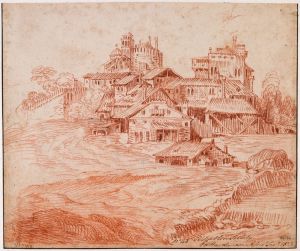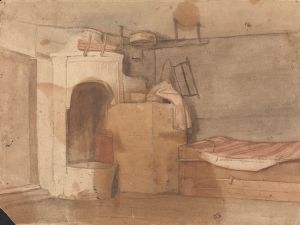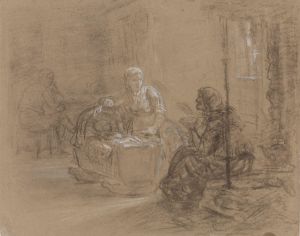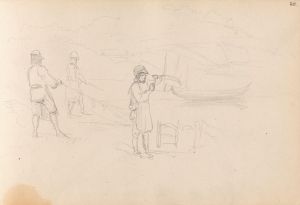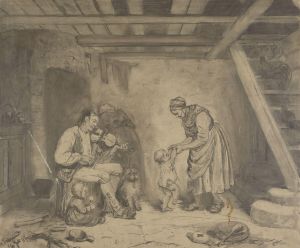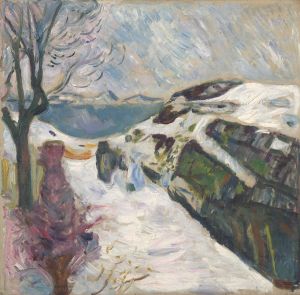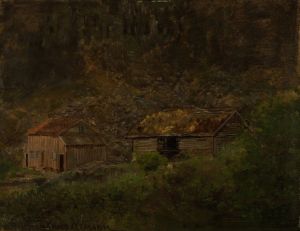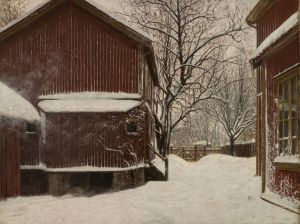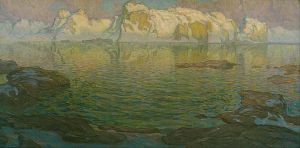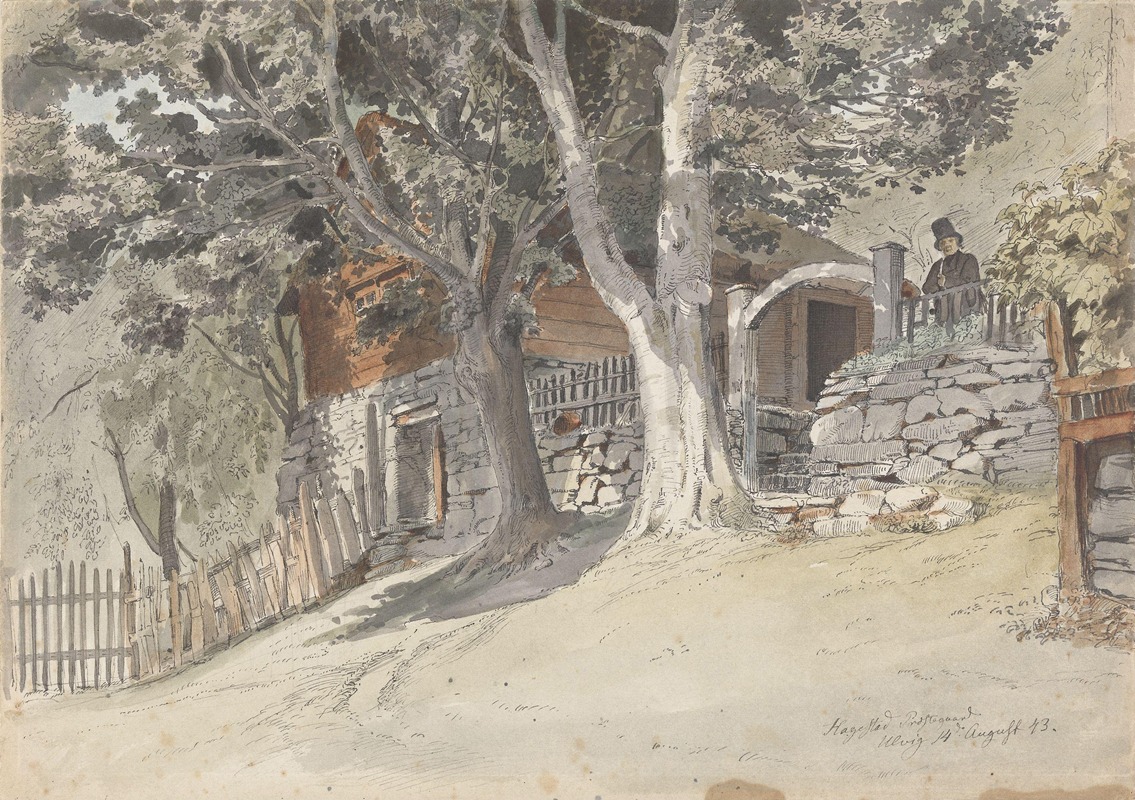
Hagestad prestegård, Ulvik i Hardanger
A hand-painted replica of Adolph Tidemand’s masterpiece Hagestad prestegård, Ulvik i Hardanger, meticulously crafted by professional artists to capture the true essence of the original. Each piece is created with museum-quality canvas and rare mineral pigments, carefully painted by experienced artists with delicate brushstrokes and rich, layered colors to perfectly recreate the texture of the original artwork. Unlike machine-printed reproductions, this hand-painted version brings the painting to life, infused with the artist’s emotions and skill in every stroke. Whether for personal collection or home decoration, it instantly elevates the artistic atmosphere of any space.
Adolph Tidemand, a prominent Norwegian painter of the 19th century, is widely recognized for his contributions to the Romantic Nationalism movement in Norway. His works often depicted rural life, traditional customs, and the landscapes of his homeland, reflecting a deep appreciation for Norwegian culture and heritage. One of his lesser-known works, Hagestad prestegård, Ulvik i Hardanger, is an example of his dedication to capturing the essence of Norwegian rural life.
The painting, whose title translates to "Hagestad Parsonage, Ulvik in Hardanger," portrays a scene from the parsonage in the village of Ulvik, located in the Hardanger region of western Norway. This area is renowned for its dramatic fjords, lush orchards, and picturesque landscapes, which have inspired numerous artists and writers over the centuries. Tidemand's choice of this setting reflects his interest in documenting the cultural and architectural heritage of rural Norway.
While specific details about the creation of this painting are scarce, it is consistent with Tidemand's broader body of work, which often focused on the interplay between people, their environment, and their traditions. His paintings frequently included depictions of Norwegian farmhouses, churches, and parsonages, which were central to community life in rural areas during the 19th century. These structures not only served as places of residence or worship but also as symbols of stability and continuity in a rapidly changing world.
Tidemand's artistic style is characterized by meticulous attention to detail and a strong narrative quality. His works often convey a sense of nostalgia and reverence for the past, aligning with the Romantic ideals of his time. In Hagestad prestegård, Ulvik i Hardanger, this approach is likely evident in the careful rendering of the parsonage and its surroundings, as well as in the subtle interplay of light and shadow that brings the scene to life.
Adolph Tidemand's contributions to Norwegian art have left a lasting legacy, and his works continue to be celebrated for their historical and cultural significance. Although Hagestad prestegård, Ulvik i Hardanger may not be as widely known as some of his other masterpieces, it remains an important part of his oeuvre, offering insights into the artist's vision and the world he sought to preserve through his art.





